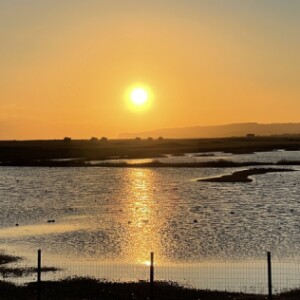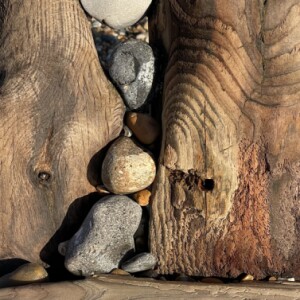Mary Stanford Lifeboat Station
On Winchelsea Beach. I’ve blipped this building before from a different angle. It is a monument to the tragic loss of the lifeboat Mary Stanford in 1928 with all 17 crew lost. It remains the largest ever loss of life of an RNLI lifeboat.
The tragedy need not have happened as just after the lifeboat had been launched word came that all the crew from the ship, the Riga, were safe. Unfortunately, it was not possible to contact the lifeboats. The building was abandoned after the tragedy.
At last, the sun made an appearance so we made the best of the weather by travelling down to Rye Harbour Nature Reserve. Fortified by soup and scone we braved the brisk, gusty winds to visit hides and walk on Winchelsea Beach.
Plenty of birds around both on the seashore and salt marsh including curlews, shellducks, greenshank, redshank, dunlin, ringed plover, sanderling, brent geese, teal, oystercatchers, little egrets cormorants and a small murmuration of starlings on the way home.
Winchelsea Beach is a fascinating place, only really accessible at low tide. All the sea defences and groynes have been left to decay giving weird and wonderful shapes planed by pebbles carried by the sea.
Meanwhile, the Environment Agency was engaged with its annual task of moving the beach from the harbour at Rye back to where it came from at Winchelsea. Six massive trucks roared past full of shingle. They’ll be doing the same again next year. The sea always wins.
The day ended with a fine, if cold, sunset. Plenty of extras today.



Comments
Sign in or get an account to comment.


